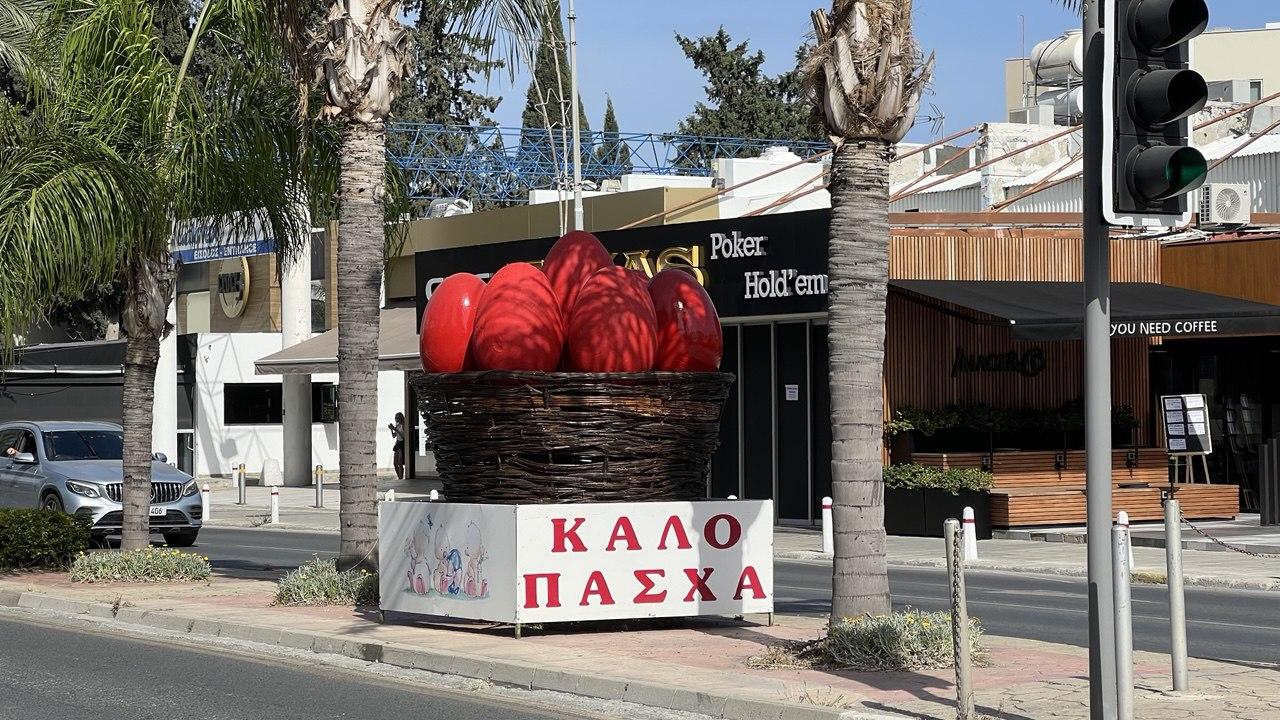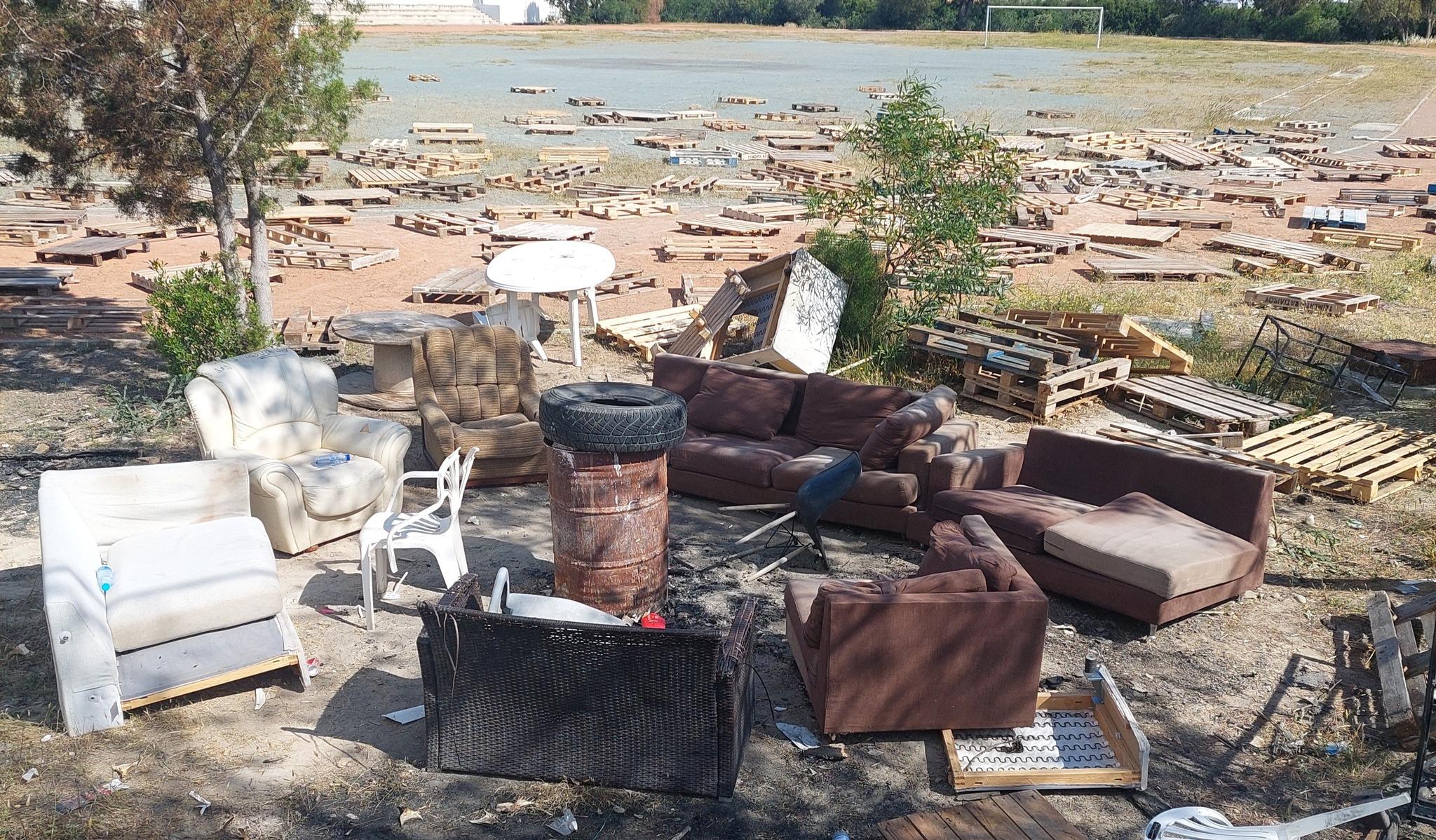If you happen to be in Cyprus on the eve of Easter and see a mountain of firewood being built near a church, topped with a stuffed figure — don’t be alarmed.
This isn’t the apocalypse; it’s the Lambraja (η λαμπρατζιά) — one of the island’s most vivid, loud, and fiery traditions. And no, it’s not just a bonfire. It’s a whole “performance” with its own script, history, symbolism, and, of course, local flavor.
What is the Lambraja?
Lambraja is a massive Easter bonfire lit outside churches in every neighborhood or village on the night of Christ’s Resurrection. At its center usually stands an effigy of Judas, the betrayer of Christ. His fiery fate symbolizes the victory of good over evil. But, like everything in Cyprus, Lambraja isn’t just a ritual. It’s a celebration with a spark — in every sense of the word.
The idea of burning Judas isn’t new. As far back as the Byzantine era, people would light fires at Easter to drive away evil, cleanse the soul, and banish darkness. Over time, the tradition took root, and Cypriots added their own flair: the fire grew bigger, the effigies more elaborate, and the gathering of wood became the adventure of the year. Sometimes it seems like the preparation for Lambraja is even more important than the bonfire itself!

The Preparation: Mini “Wood Wars”
As soon as Holy Week begins, Cypriot youth go on a mission — to collect as much firewood as possible and build the tallest Lambraja in the area. It becomes a full-blown competition between neighborhoods and villages. People post guards to protect their woodpiles, while others try to “sabotage” rival stacks. Everyone gets involved — from kids to grandparents. Wooden planks, old wardrobes, branches, pallets — everything is fair game. Sometimes parents even “accidentally” drop off a few logs from their pickup trucks.
If one morning you find your neighborhood garbage bin missing, don’t worry — it was likely “recruited” for the common cause. Chances are, it will become a proud part of the giant Easter bonfire.

Who Gets Burned in the Lambraja?
It’s not hard to guess who the star of the Easter night is in Cyprus — Judas (Ο Ιούδας). The effigy is made in advance, stuffed with straw, dressed in old clothes, and sometimes labeled “Judas” or given an angry painted face. Some get creative: adding mustaches, glasses, or even subtle political references (Cypriots do love a bit of satire). The main goal is to make the figure dramatic and gloriously flammable. Sometimes, the “anti-hero” is paraded through the village or neighborhood before being cast into the fire.
Is it fun? Absolutely. Scary? Only for Judas!

Showtime: The Night of the Resurrection
At midnight on Holy Saturday, Cypriot churches fill with worshippers. The ceremonial service begins at 11:30 p.m. At the stroke of midnight, the priest lights the Holy Flame — symbolizing the Resurrection and new life — and shares it with the congregation. The air fills with joyous calls:
“Christ is Risen!” (Χριστός ανέστη) — “Truly He is Risen!” (Αλήθεια ανέστη!)
And then… the real show begins.
BOOM! BANG! Fireworks, firecrackers, cheers, celebration. And at that moment, the Lambraja is lit. A massive blaze illuminates the church square or its surroundings. The effigy of Judas is thrown into the flames. People cheer, hug, and snap selfies in front of the burning “traitor.”
It’s not just a ritual — it’s a moment of unity, catharsis, and a joyful, fiery Cypriot celebration.

The Meaning of Lambraja: More Than Just Judas
While at first glance it may seem like it’s simply about burning a traitor, the Lambraja carries a much deeper message:
- Fire purifies — a symbol of cleansing from sin, resentment, and burdens.
- Light conquers darkness — Christ has risen; good has triumphed.
- Unity — the village, town, or neighborhood becomes one big family.
Easter is the most important and joyous celebration in the Orthodox tradition. On this night in Cyprus, everything must be purified: the soul, the mind, and… the village — by burning Judas.
And in a practical sense, when else does the whole neighborhood gather around one bonfire, dance to folk music, and smile as the past burns away?

You can’t truly understand Lambraja through photos or descriptions — you have to see it and feel it.
It’s fun, noisy, blazing, and deeply touching.
It’s the Cypriot soul aflame on a spring night, welcoming light and new life.
So if you’re planning to spend Easter in Cyprus, be sure to find a Lambraja in your neighborhood or village, make a wish, smile at a stranger next to you, and shout at the top of your lungs:
Χριστός Ανέστη! — Αλήθεια ανέστη!
Christ is Risen! — Truly He is Risen!
Read also:

